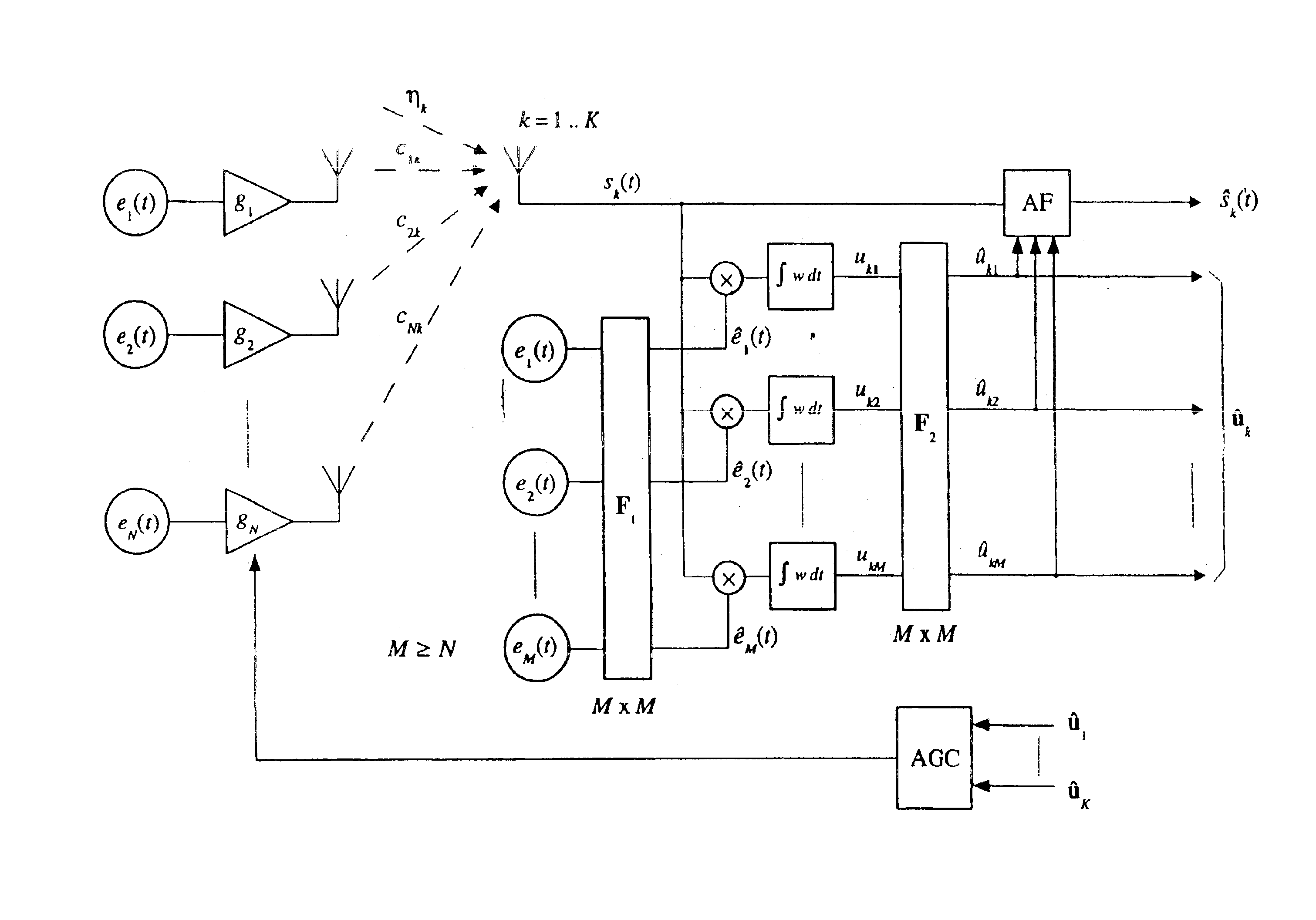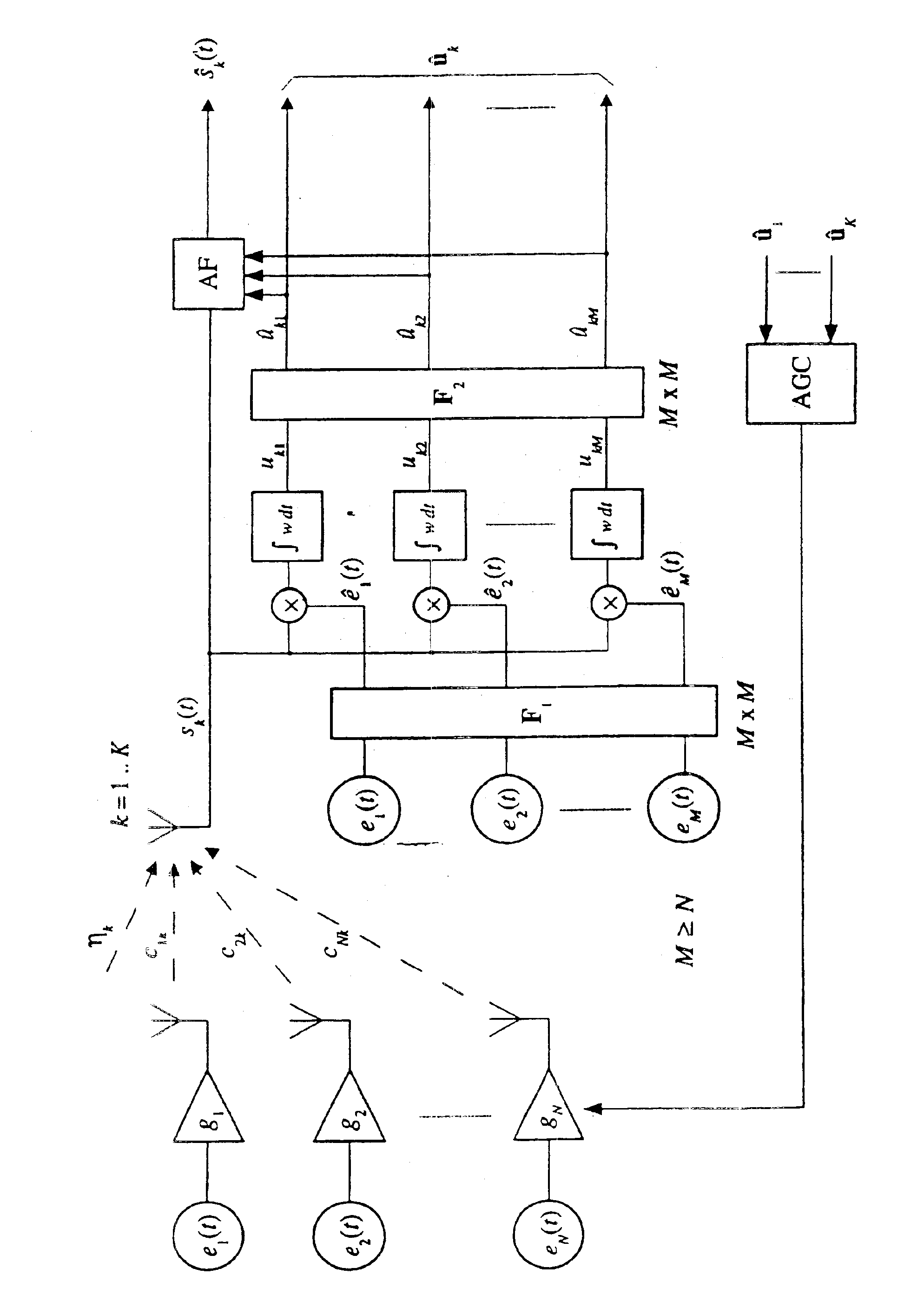Determining a position of objects in a predetermined coordinate system
a technology of predetermined coordinates and objects, applied in the direction of sensors, coils, diagnostics, etc., can solve the problems of reducing the amount of computation associated, affecting the accuracy of measurement results, and long duration, so as to improve the accuracy of measurement results, and improve the effect of accuracy
- Summary
- Abstract
- Description
- Claims
- Application Information
AI Technical Summary
Benefits of technology
Problems solved by technology
Method used
Image
Examples
Embodiment Construction
The invention relates to a method which enables one to determine the position and location of an object in relation to another object by means of electromagnetic signals. In the arrangement in accordance with the invention there are two objects, of which to the one there are attached signal sources, i.e. transmitters which generate electromagnetic signals, and the other object contains one or more transmitters for measuring the transmitter signals. Usually the object containing transmitters is the one whose location or position is of interest and which is the object of the measurement. For example, in biomagnetic measurements the object associated with the transmitters is the head of a human being or another restricted part of the body on whose surface the transmitters are placed. By means of the arrangement in accordance with the invention it is possible to find out the location and position of the head, in which case the source areas of the signals generated by the brain may be sh...
PUM
 Login to View More
Login to View More Abstract
Description
Claims
Application Information
 Login to View More
Login to View More - R&D
- Intellectual Property
- Life Sciences
- Materials
- Tech Scout
- Unparalleled Data Quality
- Higher Quality Content
- 60% Fewer Hallucinations
Browse by: Latest US Patents, China's latest patents, Technical Efficacy Thesaurus, Application Domain, Technology Topic, Popular Technical Reports.
© 2025 PatSnap. All rights reserved.Legal|Privacy policy|Modern Slavery Act Transparency Statement|Sitemap|About US| Contact US: help@patsnap.com


